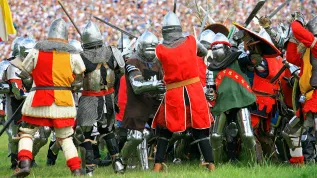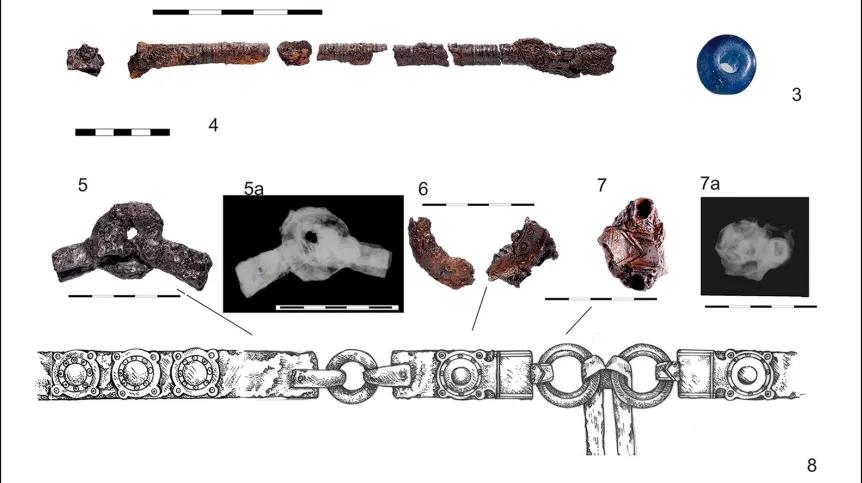
Scientists have analysed finds from the Store Frigård cemetery on Bornholm, including such as women's 'Scandinavian belts' and spearheads, common in the region. They indicate that the local community played a key role in transregional contacts and the distribution of goods and people across the Baltic Sea in the Iron Age.
In ancient times, especially in the Iron Age, the island of Bornholm could have been a natural hub for the exchange of goods and intercultural contacts between continental Europe (the lands of today's Poland and northern Germany) and Jutland and southern Scandinavia. However, the scale of these contacts, their variability, significance for local communities and their impact on other regions in the Baltic Sea area are not entirely clear.
The international research project 'Bornholm - the island in the middle', which brings together researchers from Denmark, Sweden, Poland and Norway, is working to clarify these issues. It aims to shed new light on the social and economic changes in the local community and on international contacts and alliances in the Baltic Sea region in the early Iron Age, based on materials from the Store Frigård cemetery.
Store Frigård is one of the few places on Bornholm and in the entire Baltic Sea region that so clearly illustrates transregional connections and population mobility.
Excavations at the site were conducted in the years 1954-1963. The discovered artefacts are currently in the collections of the National Museum in Copenhagen.
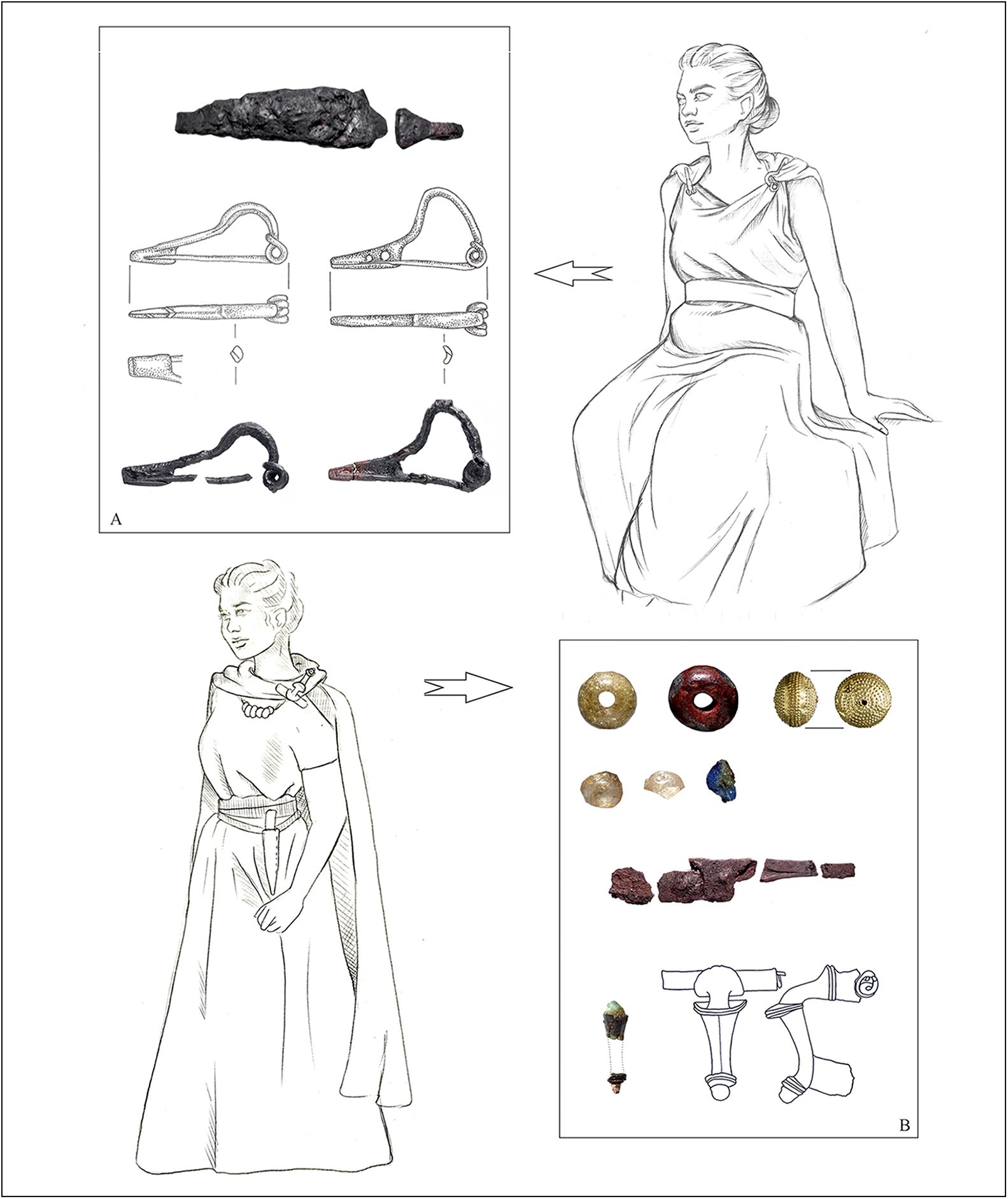
Over 1.2 thousand cremation graves (and one skeletal grave) were found at the site, dating from the early Iron Age to the late Roman period (500 BCE – 400 CE). This makes Store Frigård the largest and longest-functioning cemetery not only on Bornholm, but in the entire Baltic region. At least 650 metal artefacts were found in the graves, including ornaments, parts of clothing, tools and weapons (approximately 95 percent of them made of iron). The first publication on the research of the finds from Store Frigård, prepared as part of the project, was published in the journal Antiquity.
Examples of interregional connections of the inhabitants of Bornholm at that time include the so-called 'Scandinavian belts', consisting of decorative, multi-part iron fittings, popular in the Baltic zone and southern Scandinavia. 'Grave inventories and anthropological analyses indicate that they were parts of women's attire. Although typological analysis suggests that the sets of fittings from Store Frigård come from Gotland or mainland Sweden, it is also possible that they were produced locally on Bornholm, based on imported originals', describes Professor Piotr Łuczkiewicz from the Institute of Archaeology of the Maria Curie-Skłodowska University. .
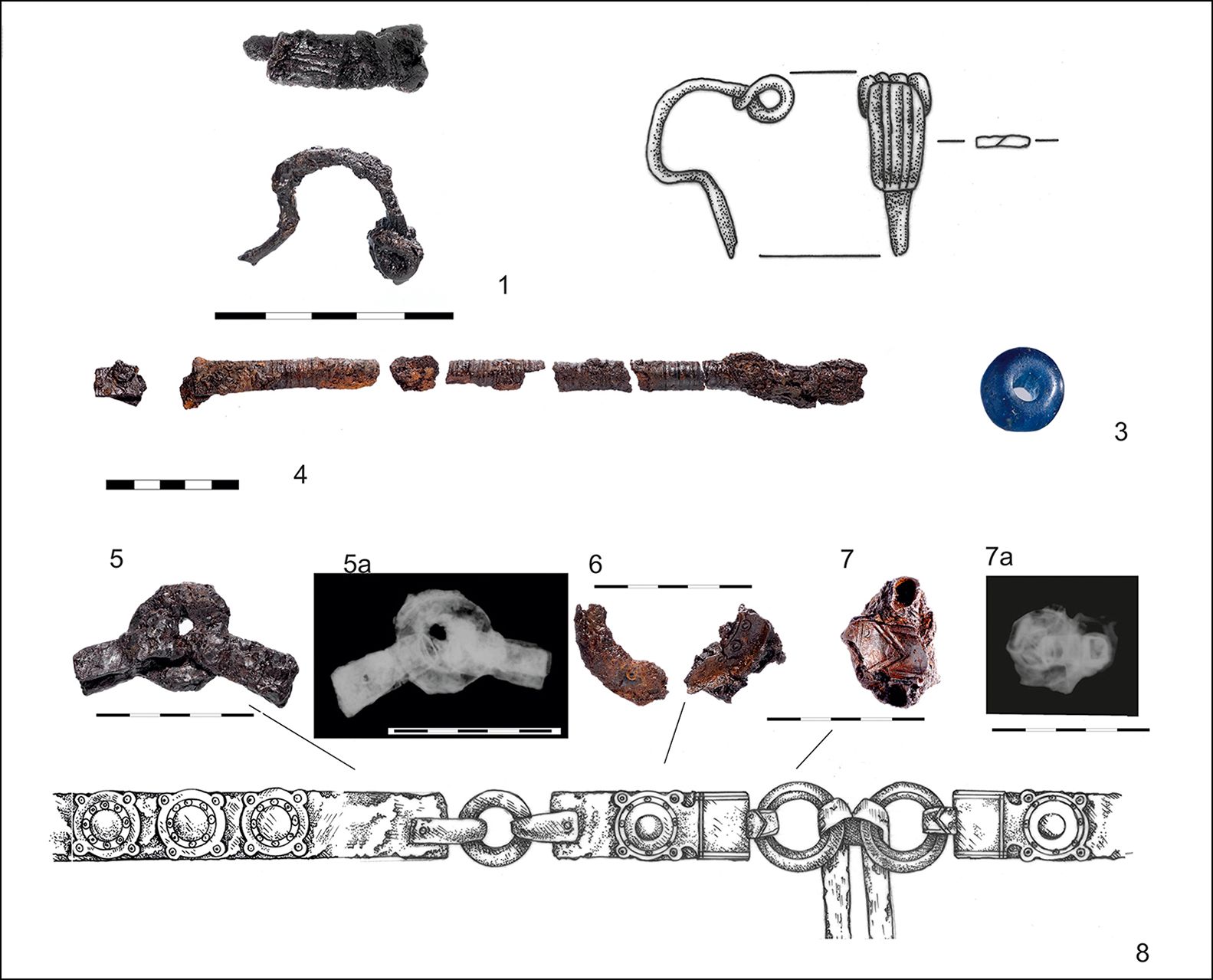
Numerous brooches found in the cemetery are also interpreted as evidence of advanced intercultural contacts. The patterns used locally in the last centuries BCE correspond exactly to other finds from central Poland and northern Germany.
As for weapons, the same types of spearheads, shields and swords were used on Bornholm, Öland, Gotland and in southern Scandinavia.
'The presence of elements of foreign clothing can be interpreted as evidence of the spread of cultural patterns, interregional trade. It may also indicate the mobility of the population, including craftsmen, as well as exogamy, i.e. entering into marriages outside the local group', Łuczkiewicz explains.
He also points out that similarities in weaponry may indicate the existence of extensive networks of military alliances.
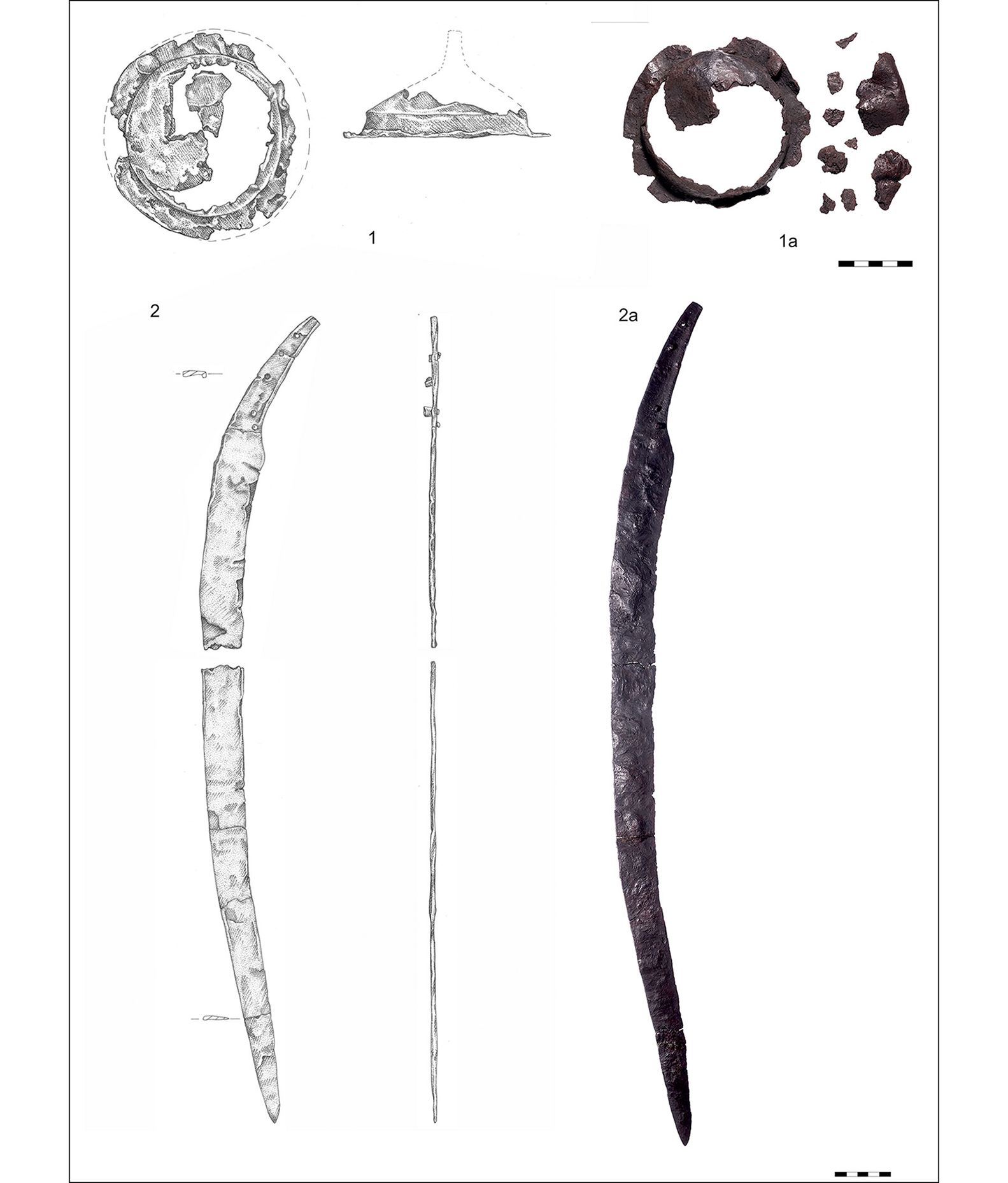
The researcher emphasises that 'contacts on such a large scale can only be clearly captured by combining archaeological methods with modern methods of natural sciences'. He adds that all finds from the cemetery will be subject to further analysis.
In the further part of the project, the scientists plan metallographic research, which will allow to explain the origin and technology of making iron objects, found in large numbers in the Bornholm cemetery. They want to answer the question of whether the island had raw materials, craftsmen and the appropriate technological knowledge to be self-sufficient, or the community was dependent on imports - e.g. from Sweden.
In turn, osteological and statistical analyses will provide knowledge about the social differentiation of the local community. Palaeogeographic studies are also planned, reconstructing the landscape of the time, as well as isotope analyses of bone samples from some of the graves, which contained both local and potentially foreign equipment. This will allow to determine the percentage of the population buried in Store Frigård that could have been immigrants.
Ewelina Krajczyńska-Wujec (PAP)
ekr/ zan/ lm/

